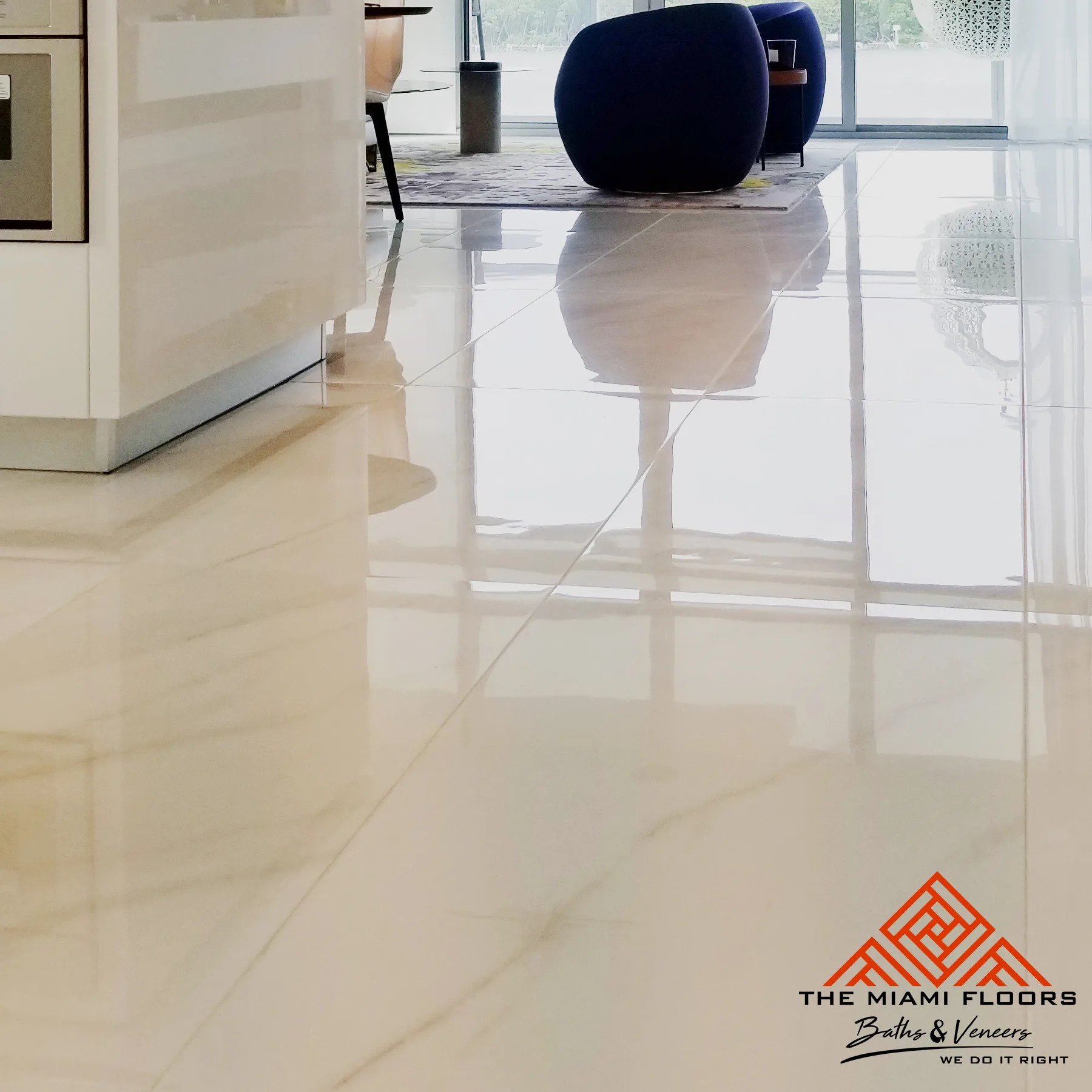Planning on installing new finished flooring? Ensuring you have a level floor foundation is essential. This is of even greater importance if you have an older house with slightly sloping floors. Uneven floors can present complications when installing laminate, ceramic tile, or hardwood. Fear not, however, for in this guide, we’ll be discussing floor leveling, providing you with crucial tips and guidance through the process.
Determining Your Flooring Type
The first step before you commence leveling your subfloor is to consider the type of finished floor you’ll be installing. Different types of flooring have distinct requirements for flatness, and some require more detailed preparation than others. For instance, rigid materials like laminate or hardwood could develop gaps or separate if the substrate contains dips or rises. Meanwhile, ceramic tile won’t adjust to a wavy floor and might experience issues if the floor isn’t level.
Unraveling and Addressing Flooring Issues
Floor leveling isn’t complicated for those who are into DIY projects, but it’s crucial to comprehend the source of the unevenness before proceeding. One method to spot uneven areas is by using the marble technique, as described in detail here. Just drop a few marbles onto various sections of the floor and observe their movement. If they consistently roll to one side, that side is lower. An 8-foot carpenter’s level can also be employed to check for dips and heaves.
If you identify structural problems like foundation issues or delaminated subfloor, you better consult a professional before moving forward. They can assess the situation and offer suitable solutions.
Utilizing Self-Leveling Underlayment
Assuming no structural issues, you can progress with leveling the floor using a cement-based self-leveling underlayment. As detailed in Laticrete, this product is a liquid slurry that you spread over the floor, and it naturally settles into low spots, creating a level surface. It can be used on concrete floors, wood subfloors, and even over ceramic tile floors. Ensure the product is compatible with your specific flooring type before purchase.
For your convenience, you can find self-leveling underlayment products at stores like DB Tile, Cisco Flooring Supplies, or Floor & Decor.
Replacing a Delaminated Subfloor
Sometimes, the subfloor can warp or delaminate, causing the floor to be uneven. If this occurs, replacement of the damaged subfloor panels with new ones made of oriented strand board (OSB) or plywood is necessary. We recommends replacing the entire damaged sheet instead of patching smaller sections for optimum results.
Planing a Heaving Joist
At times, a floor joist may protrude upwards, creating a high spot on the floor. Remove the subfloor over the protruding joist and planing down the high part until it’s level. You can use a power planer or a manual planer for this task. Once you reinstall the subfloor, you’ll have an even floor, ready for your finished flooring.
Employing Shims for Joist Issues
If the uneven floor results from warped or twisted floor joists, shimming the joists can help make them even. This involves attaching thin, wedge-shaped pieces of wood on top of the low areas of the joists. A laser level can accurately identify the low areas. It’s crucial to remember that shimming joists may be a job for professionals, especially if you’re not experienced with this type of work.
Sistering an Inadequate Joist System
There are cases where the floor joist system may be weak or bouncy due to undersized lumber or incorrect spacing. We suggests sistering the joists to add strength to the floor. This process involves attaching new joists to the existing ones. However, sistering joists is a significant project best left to professionals.
Addressing Foundation Factors
Uneven floors can sometimes result from foundation problems. Factors such as lateral pressure from soil, changing soil conditions, invasive tree roots, poor drainage, floods, or earthquakes can all contribute to foundation movement. If you suspect foundation issues, a structural engineer’s inspection and diagnosis are crucial. Repairing a foundation can be costly, but once stabilized, shimming the joists may be a feasible option to level the floors.
Conclusion
In conclusion, floor leveling is vital for successfully installing finished flooring. By following the step-by-step guide provided in this article, you can level your floor, ensuring a smooth and sturdy surface for your new flooring. Whether you choose to tackle this project yourself or hire professionals, understanding the cause of unevenness and the appropriate solutions will result in a successful outcome.
Should you have any questions or require assistance with leveling your floor, feel free to reach out to us at Miami Floors – Baths & Veneers or give us a call at (786)-230-0558. Our team is here to assist you in achieving the best results for your home renovation project.









